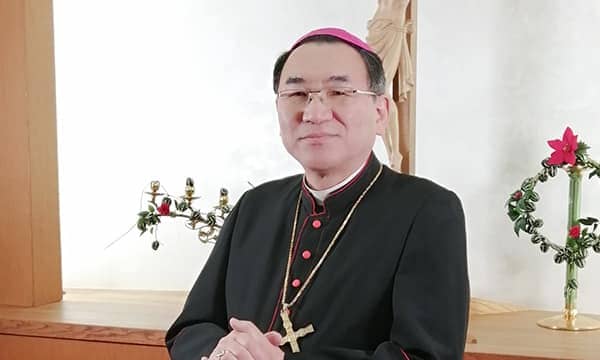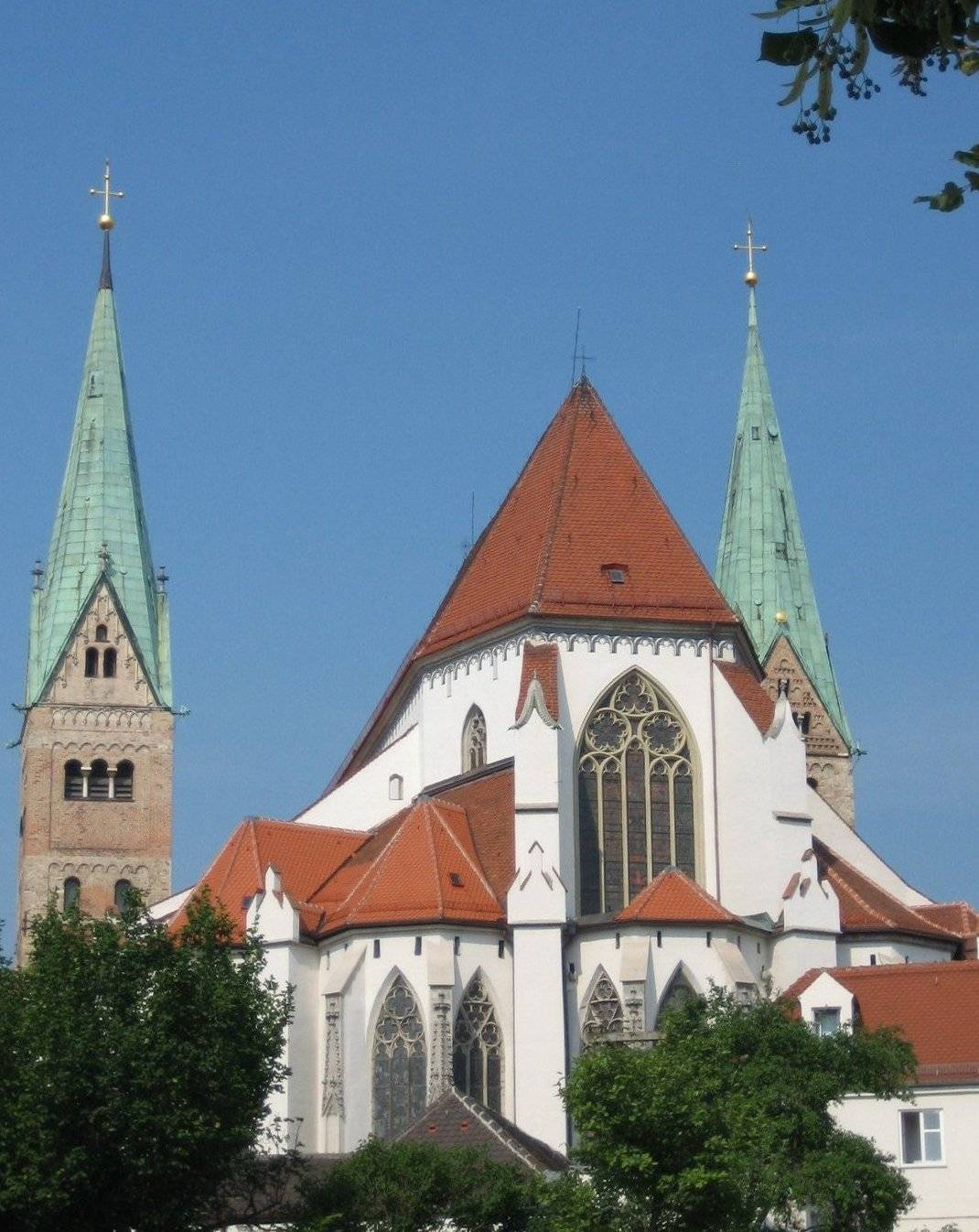ROME — Pope Francis on Friday unveiled a second video intended to spread his prayer intentions, asking believers and non-believers alike to free themselves “from the slavery of consumerism” in order to defend creation.
“The relationship between poverty and the fragility of the planet requires another way of managing the economy and measuring progress, conceiving a new way of living,” Francis says in the video. “We need a change that unites us all.”
The 85-second video was produced by a Jesuit-run global prayer network called the Apostleship of Prayer, with the help of consulting firm La Machi and the Vatican Television Center. Each month, the pope announces his prayer intentions with a YouTube video.
The Apostleship of Prayer, also known as the Pope’s Global Prayer Network, was born more than 170 years ago. According to French Jesuit Rev. Frédéric Fornos, managing director of the institution, it started as a response to the missionary drive of Catholic laity in the 19th century.
“When you’re married, you can’t really tell your husband or your wife ‘I’m out to preach the Gospel in another country, you take care of the kids,’” Fornos told Crux in a Feb. 4 interview. “With the Apostleship of Prayer, people could be missionaries from their own places, by offering their lives for those in other continents.”
Today, the network attracts 35 million people from 89 countries, who every month pray for the pope’s intentions. There are always two such intentions: one directed to all humanity, called the “Universal Intention,” and one specifically for Catholics.
Close attention to February’s intention for Catholics, which is not included in the video, could have served as a heads-up of sorts for Friday’s news about a Feb. 12 historic meeting between Pope Francis and Russian Orthodox Patriarch Kirill in Havana, Cuba.
“That opportunities may increase for dialogue and encounter between the Christian faith and the peoples of Asia,” is how the intention reads. Although it’s usually considered part of Europe, 77 percent of Russian territory is actually in Asia.
Fornos explained that a big chunk of those praying each month for the pope’s intentions are older than 60.
Though there are about 1.5 million kids participating through the Eucharistic Movement, he said, “we asked ourselves: why can’t we get young adults to pray?”
Fornos said that in response to that question, his group presented several ideas to the pope, including a monthly video.
Those involved in the project hope the videos, “addressed to all those worried about today’s world,” could go viral, and in the process inspire others to pray and to act.
“The Church alone can’t change this world,” Fornos said. “The pope mobilizes the Church, but it’s with others that we can try to change the world.”
He said the videos aren’t produced to highlight the pope, but the message he’s trying to get across, “the challenges for humanity.” The videos do, however, aim to create a personal relationship between the pope and the viewer.
Fornos said Pope Francis was “very happy and pleased” with February’s video.

















